When you choose bottle feeding for your little one, you're not missing out on the precious bonding moments that come with feeding time. With paced bottle feeding techniques and mindful practices, you can create the same intimate, nurturing experience that mirrors breastfeeding. These gentle approaches help foster the strong emotional connection between you and your baby while ensuring comfortable, relaxed feedings that respect your baby's natural rhythm and cues.
Step 1: Choose the Right Equipment for Paced Bottle Feeding
Start with selecting a slow flow nipple that allows your baby to feed at a comfortable pace. The ideal feeding should take 15-20 minutes, so choose a bottle nipple that delivers milk at this gentle rhythm. Our Buubi Bottle Max is specifically designed with paced feeding in mind, featuring a slow-flow nipple that supports this natural rhythm. This slower pace mimics the natural flow of breastfeeding and prevents your baby from feeling rushed or overwhelmed.
Step 2: Position Your Baby Properly
Hold your baby in a nearly upright position while keeping the bottle nearly horizontal. This positioning is crucial for paced bottle feeding as it gives your baby more control over the milk flow and reduces the risk of overfeeding. Be patient and respectful of your baby's cues, waiting for them to open their mouth rather than pushing the bottle in.
Step 3: Let Baby Lead the Feeding
Place the tip of the nipple just below your baby's nose and allow them to "reach" for it naturally. Alternatively, you can gently tap their lower lip until they open wide. Make sure your baby's lips touch the collar of the nipple for a proper latch. Most importantly, let your baby pace the feeding themselves – never force them to finish a bottle if they're showing signs of fullness.
Step 4: Mom Should Take the Lead
For optimal social and emotional growth, you as the mother should handle the majority of feeds, just as you would if breastfeeding. While bottle feeding makes it easier for others to help with feedings, your baby needs that strong bonding connection with you as their primary caregiver. This consistent interaction supports healthy attachment and emotional development.
Step 5: Create a Focused Feeding Environment
Transform feeding time into a special bonding moment by giving your baby your full attention. Turn off the computer, let phone calls go to voicemail, and focus entirely on your little one. This undivided attention during most feedings helps strengthen your connection and supports your baby's emotional and intellectual development.
Step 6: Always Hold Your Baby and the Bottle
Never prop the bottle – instead, hold both your baby and the bottle throughout every feeding. Look into their eyes, talk softly, stroke their skin, and engage in gentle play while they eat. Consider the bottle as an extension of yourself rather than something that belongs to your baby. Even as your child grows old enough to hold the bottle independently, continue to hold it together with them.
Step 7: Switch Sides for Balanced Development
Just like breastfeeding, switch your baby from one side to the other halfway through the feeding or alternate sides with each feeding session. This simple practice enhances your baby's eye development and promotes healthy eye-hand coordination on both sides of their body.
Step 8: Incorporate Precious Skin-to-Skin Contact
Breastfed babies naturally receive lots of skin-to-skin contact, and bottle-fed babies should too. During feedings, let your baby's skin touch yours – whether against your arm, chest, tummy, or breast. Consider learning infant massage techniques to maximize these benefits. Research shows that skin-to-skin contact is even more powerful than previously understood for your baby's development and your bonding relationship.
Step 9: Allow Natural Feeding Endings
Let your baby dictate when the feeding is complete, and allow them to fall asleep peacefully in your arms if they choose, just as they might have done during breastfeeding. This natural conclusion to feeding time reinforces the comfort and security your baby associates with meal times.
Treasure These Special Moments
Remember that feeding time is a special opportunity for connection, regardless of how you're nourishing your baby. Even when bottle feeding, your little one can experience many of the same benefits associated with breastfeeding when you approach it with intention, patience, and love. Enjoy and treasure this precious time together – these moments of quiet connection are building blocks for your lifelong relationship.
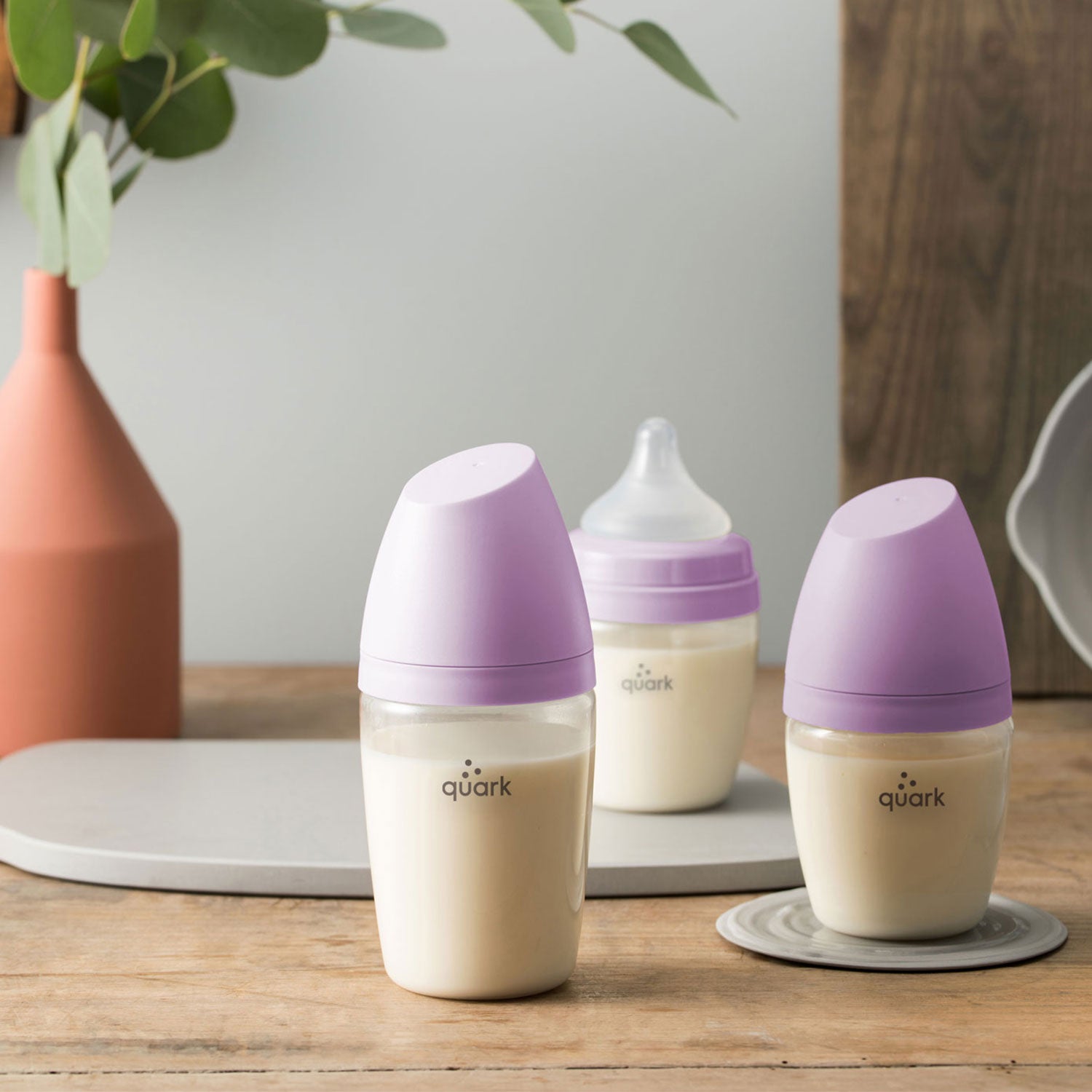
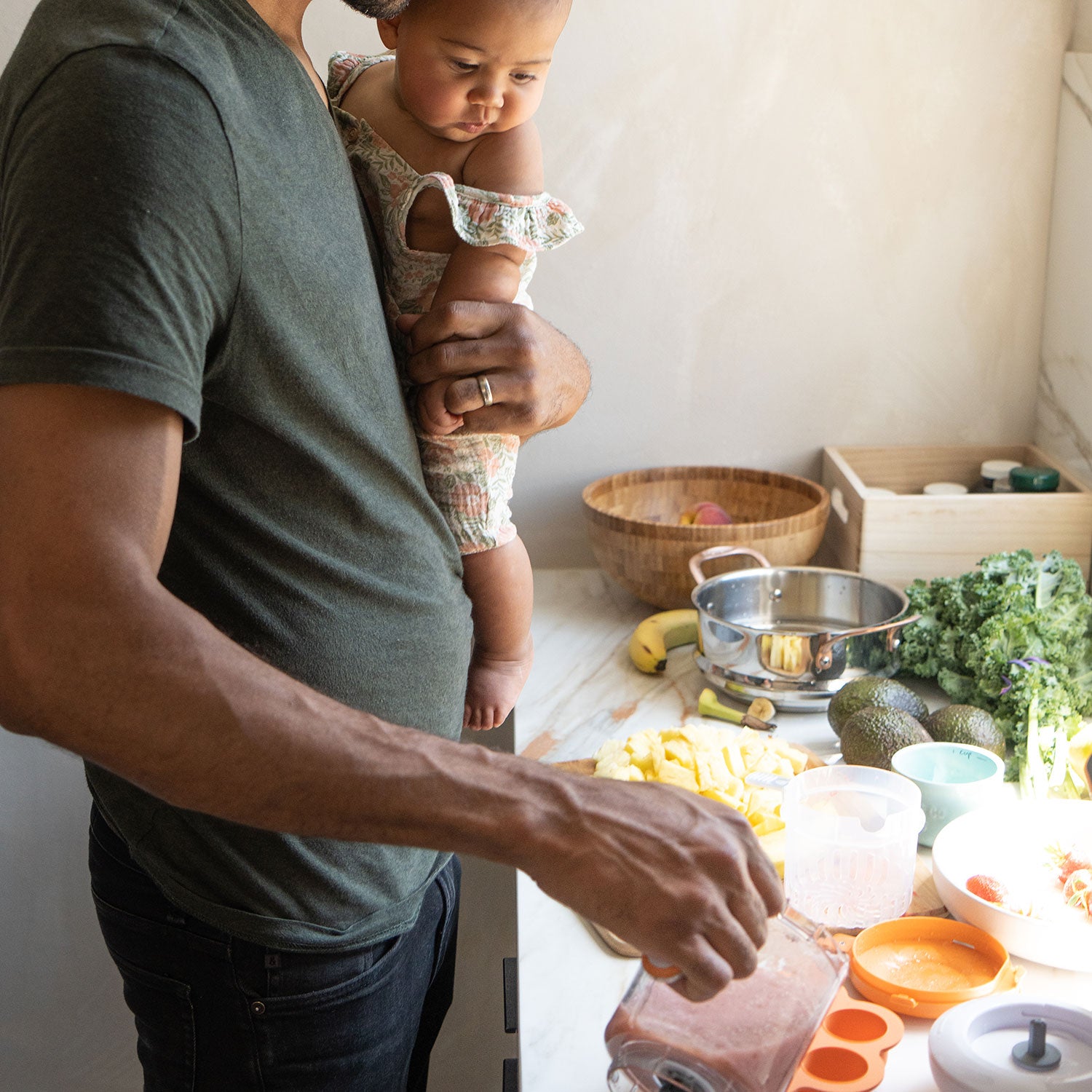

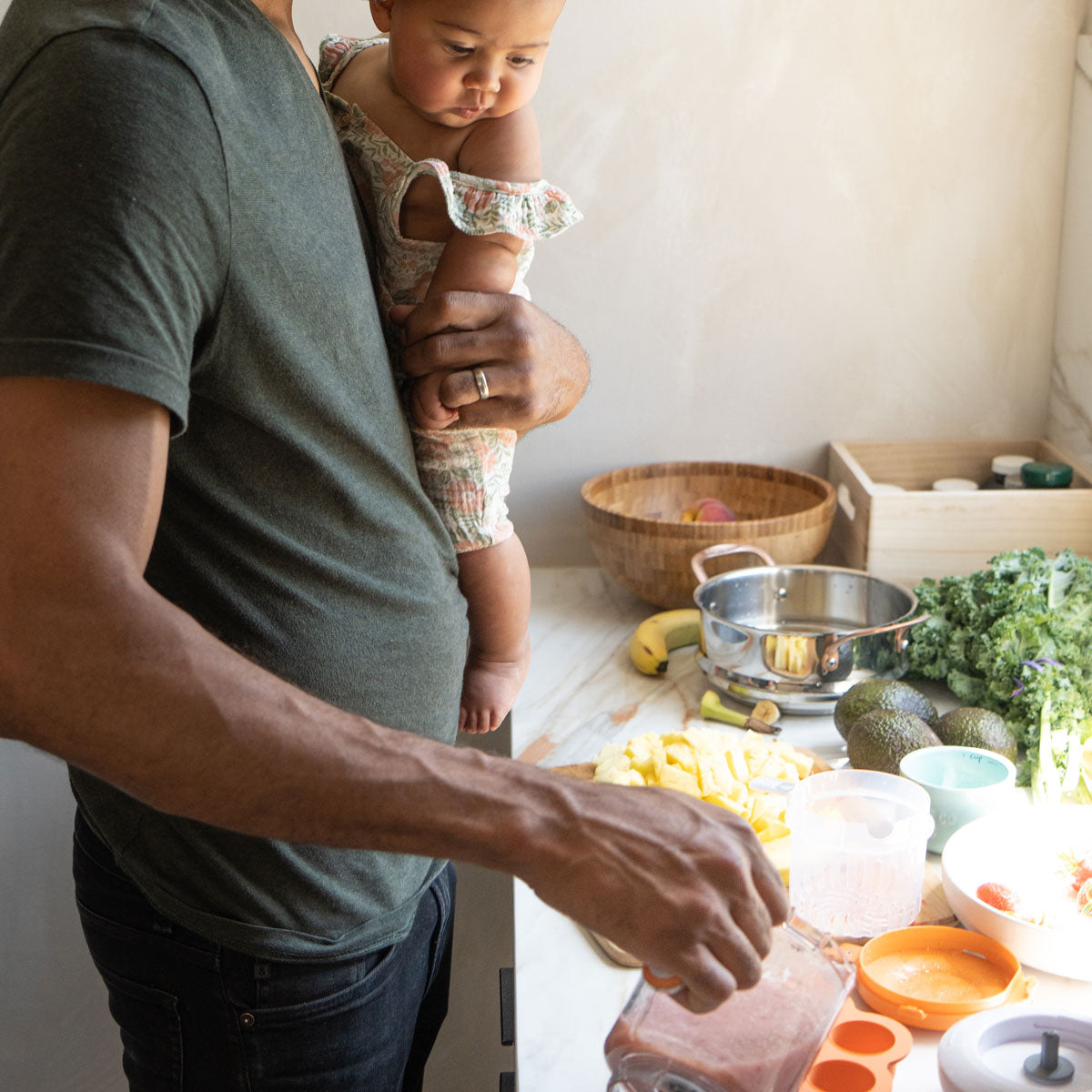

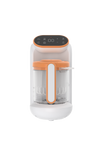
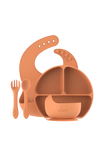
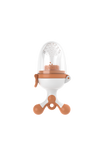


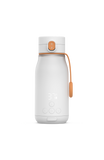
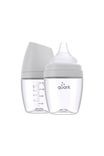

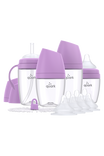

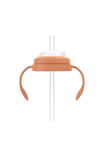
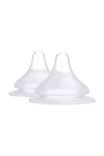
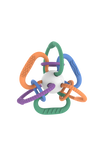

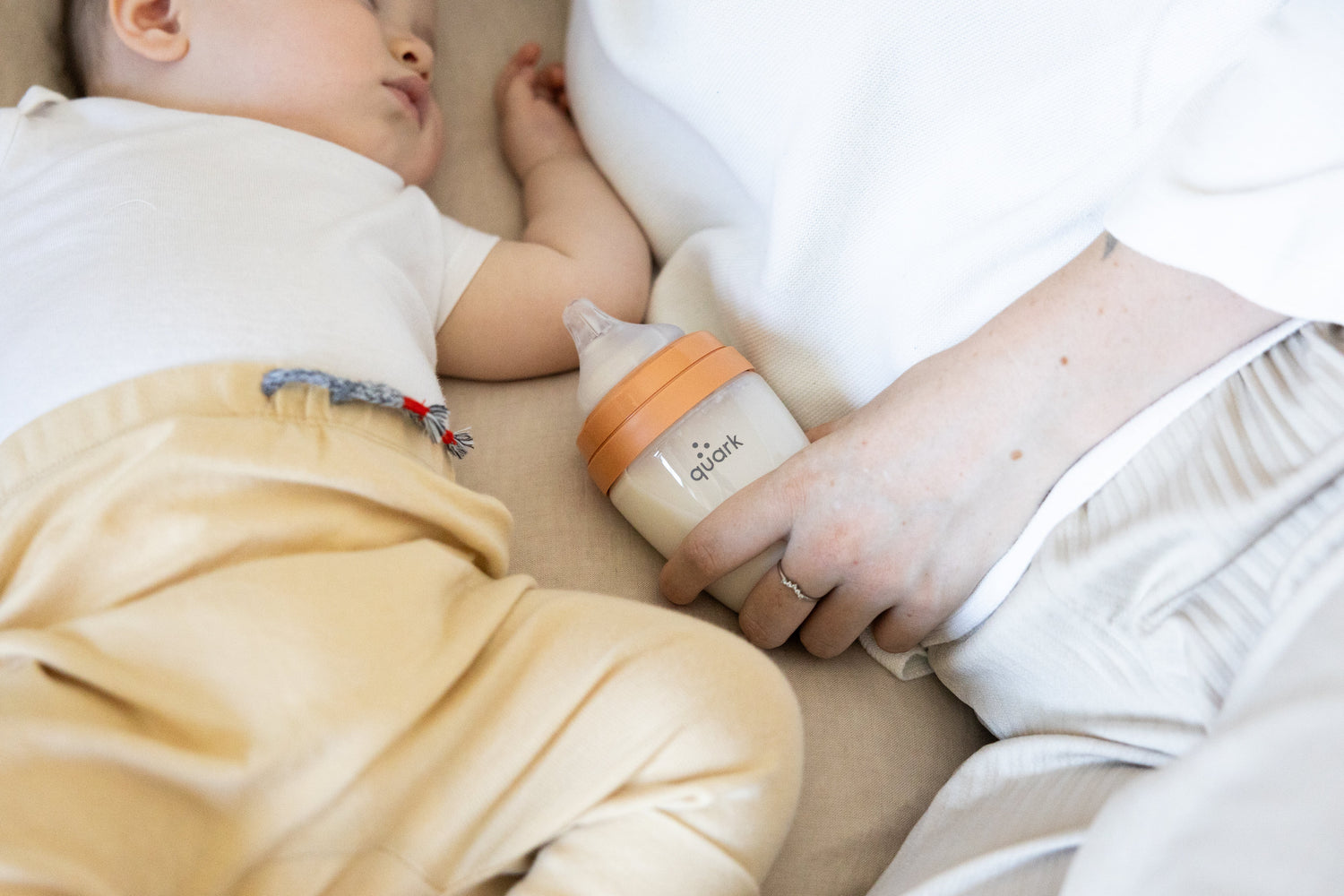


Leave a comment
All comments are moderated before being published.
This site is protected by hCaptcha and the hCaptcha Privacy Policy and Terms of Service apply.